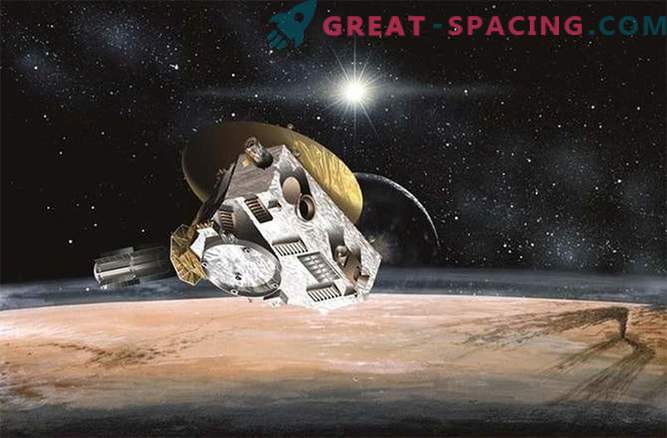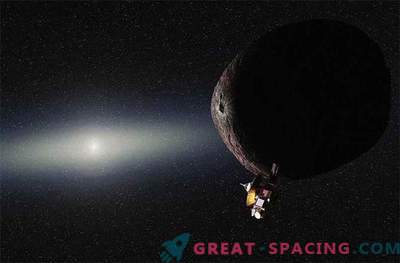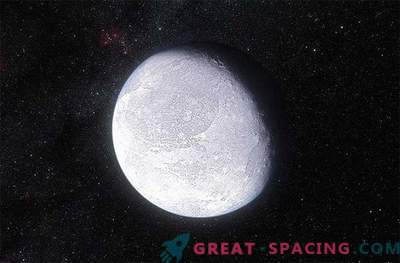
Scientists are pondering which of the two ice bodies the NASA’s New Horizons automatic interplanetary station should visit this summer. Of course, one of the main factors of choice is the duration of the mission and the adequacy of its funding.
The New Horizons AMC team decided to turn to the Hubble Space Telescope to detect objects from the Kuiper Belt that will be positioned so that the New Horizons can reach them as soon as possible.
Of the five original candidates found using Hubble, two were selected. Pre-selection took place within 45 days of last summer. The following observations in October reduced the list to two objects in the range of visualization of the ship, which has a limited amount of fuel for maneuvering. This was told by scientists at a scientific conference in Houston, devoted to the study of the Moon and the planets of the solar system.
Recently, an object named MT69, whose width is 37 miles (60 km), was named. From the Sun, it is at a distance of 44, 3 times larger than the Earth. And the meeting with MT 69 will occur on the eve of the New 2019.
"This is not too bright and not a very big goal," said astronomer, a member of the New Horizons team, Simon Porter. The advantage of the MT69 is that “New Horizons” can achieve it using a small amount of fuel. In addition, the meeting will occur three months earlier than with another candidate, known as MT70. The MT70 is brighter than the MT60, and possibly larger in size. Its approximate diameter is 47 miles (76 km), so it is more desirable from a scientific point of view.
“We can only go to one of these sites, so we have to make a choice. MT69 is our favorite because it’s profitable, according to engineers. On the other hand, we can spend more fuel, correcting the original route,” said Porter.
Another obstacle to the mission may be the wrong position of the sun at the moment of flight.
"We must reach a compromise between the size of the object and the Delta-V parameter (change in speed)," the scientist said.
Also expanded mission will include remote observations of the maximum possible number of objects from the Kuiper Belt.
Today, the New Horizons are much closer to Pluto than the Earth is to the Sun. The spacecraft, launched in January 2006, by July 14 should be another 10,000 kilometers from Pluto (6,200 miles). And in order to accurately pass by other objects in the Kuiper Belt, the automatic interplanetary station will make a steering maneuver in October of this year.
It is assumed that the final choice of the purpose of the following will be announced during the August conference.











































